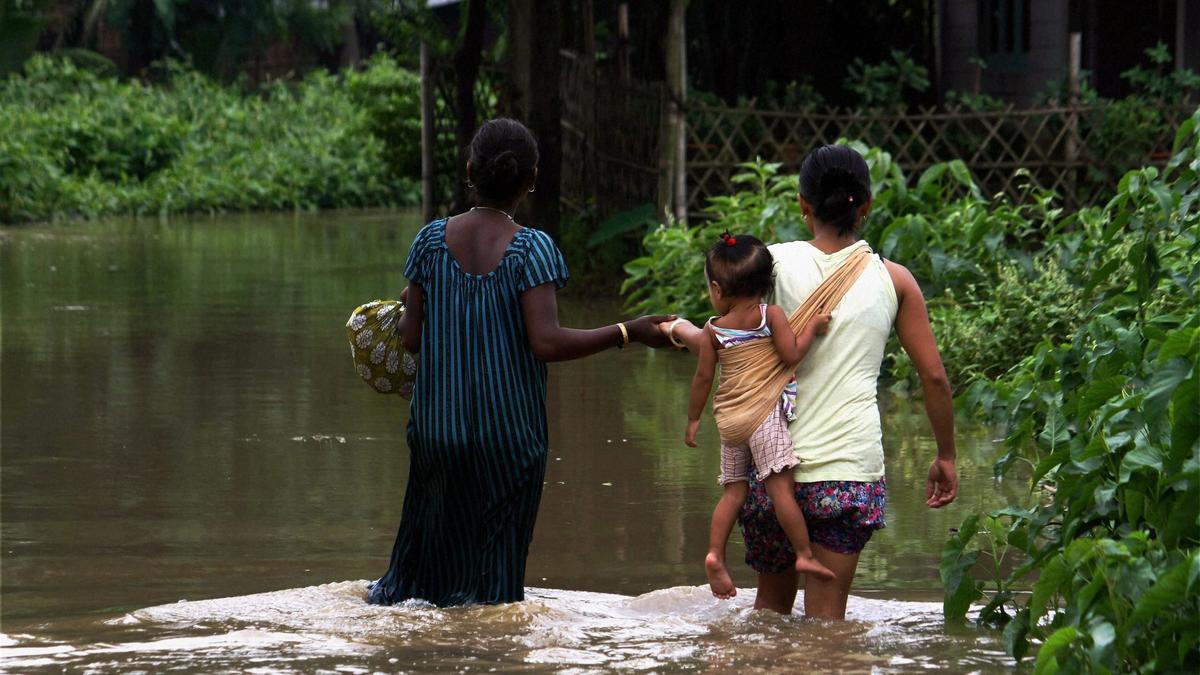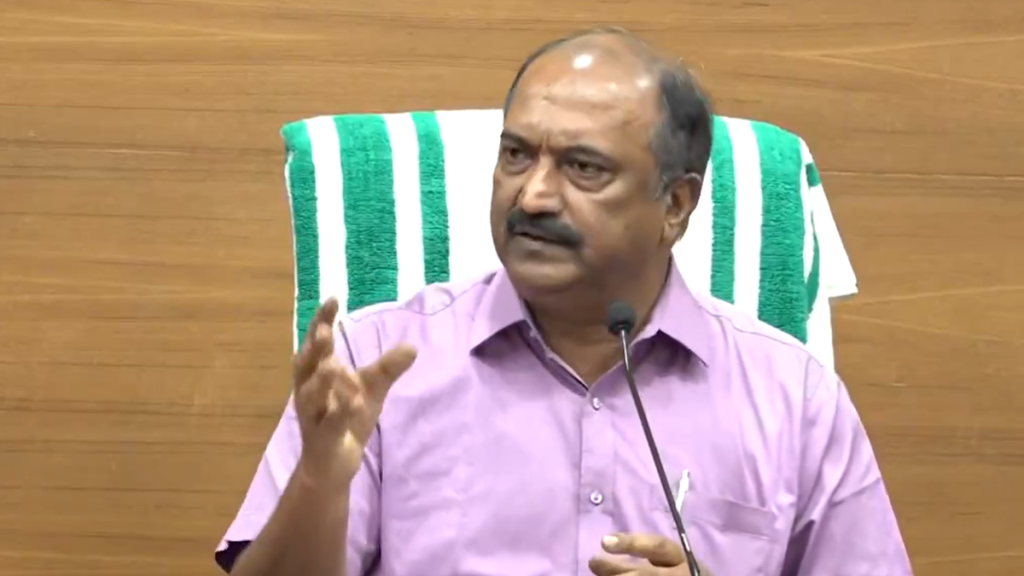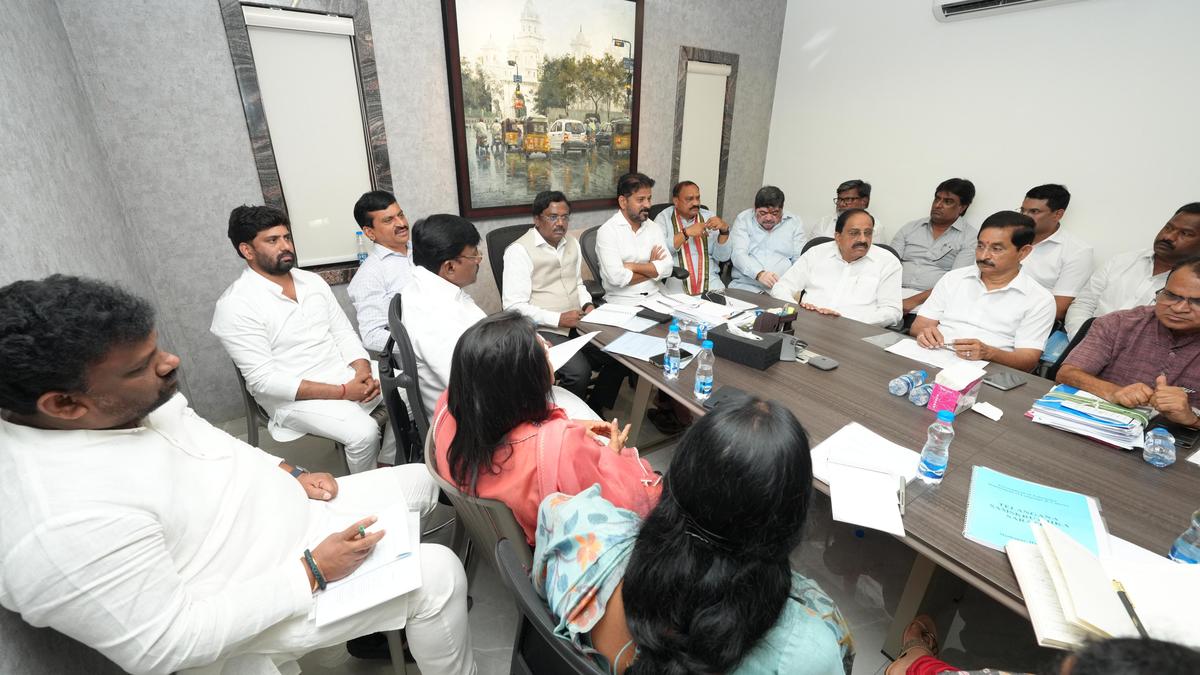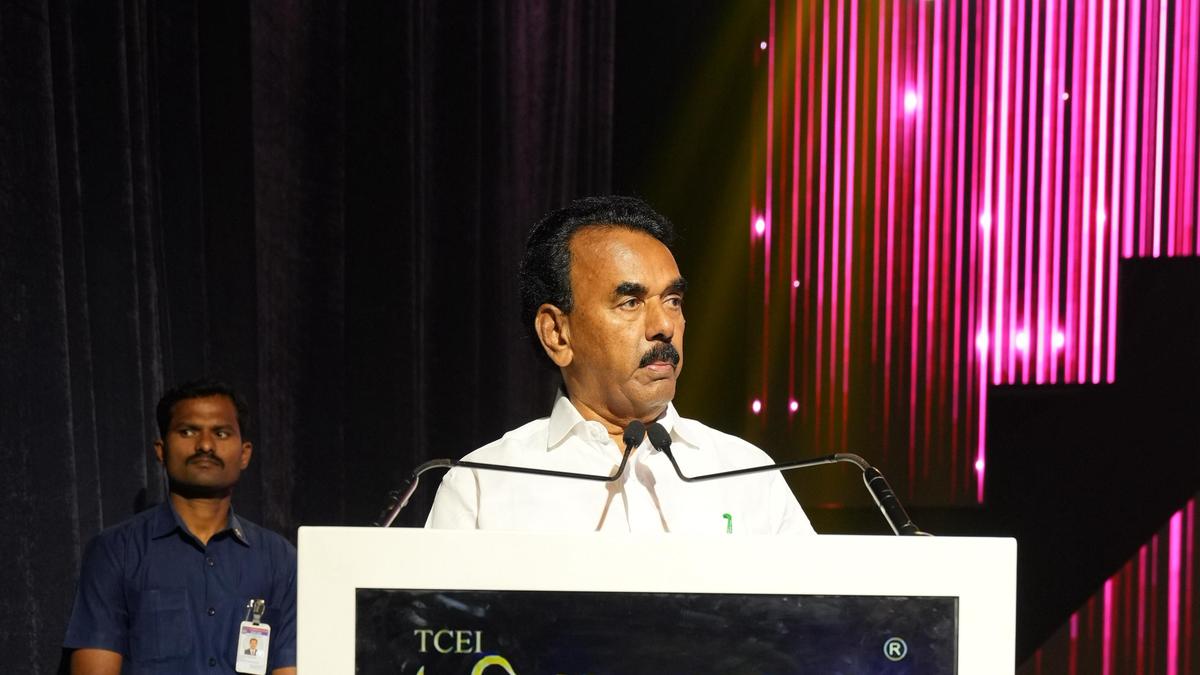Now Reading: Heavy Rains Trigger Mudslides, Wash Away Bridge on Nagaland’s NH29
-
01
Heavy Rains Trigger Mudslides, Wash Away Bridge on Nagaland’s NH29
Heavy Rains Trigger Mudslides, Wash Away Bridge on Nagaland’s NH29

Speedy Summary
- Torrential rains and mudslides have disrupted road communications along Pagala pahar stretch of National Highway 29 in Nagaland.
- vehicular movement was suspended,especially between Chathe Bridge and New Chumoukedima due to multiple mudslides on the Dimapur-Chumoukedima-Kohima route.
- No injuries or casualties were reported despite the widespread disruption.
- Rising water levels of the Chathe river swept away a suspension bridge connecting Chumoukedima and Seithekema.
- Floodwaters submerged a bailey bridge linking dubagaon and Khughovi villages, cutting off road communication entirely.
- Several low-lying colonies in Dimapur town were inundated, causing property damage and disrupting daily life.
- Landslides also blocked Mhainamtsii-Pimla road-an alternate route to Kohima-further complicating travel in the region.
- Peren district administration issued new travel advisories for Pimla-Mhainamtsii road: light vehicles allowed during daytime (6 a.m. to 6 p.m.), while heavy vehicles permitted under restricted times.
Indian Opinion Analysis
The ongoing extreme weather conditions in Nagaland highlight both the fragility of infrastructure in flood-prone regions and the pressing need for disaster preparedness measures at local levels. Vital connectivity through National Highway 29 is crucial not just for area commuters but also as lifelines for supplies between key towns like Dimapur, Kohima, Chumoukedima, and nearby villages. Disruptions caused by damaged bridges emphasize engineering challenges posed by high water flow rates during monsoon seasons. On top of this, advisory restrictions on alternate routes will limit movement even further while impacting transportation logistics.
Even though it is indeed commendable that no casualties were reported so far, damages to residential colonies underline vulnerabilities faced by communities residing across low-elevation areas where urban planning may need review concerning flood resistance features. Governmental bodies may find opportunities here to prioritize durable infrastructure projects alongside better predictive systems monitoring rain/mudslide risks.
Efforts like travel scheduling undertaken by Peren officials provide immediate relief-but such steps should be seen as interim measures requiring larger infrastructural solutions down the line for long-term sustainability against recurring natural disruptions.read more: Source Article

























